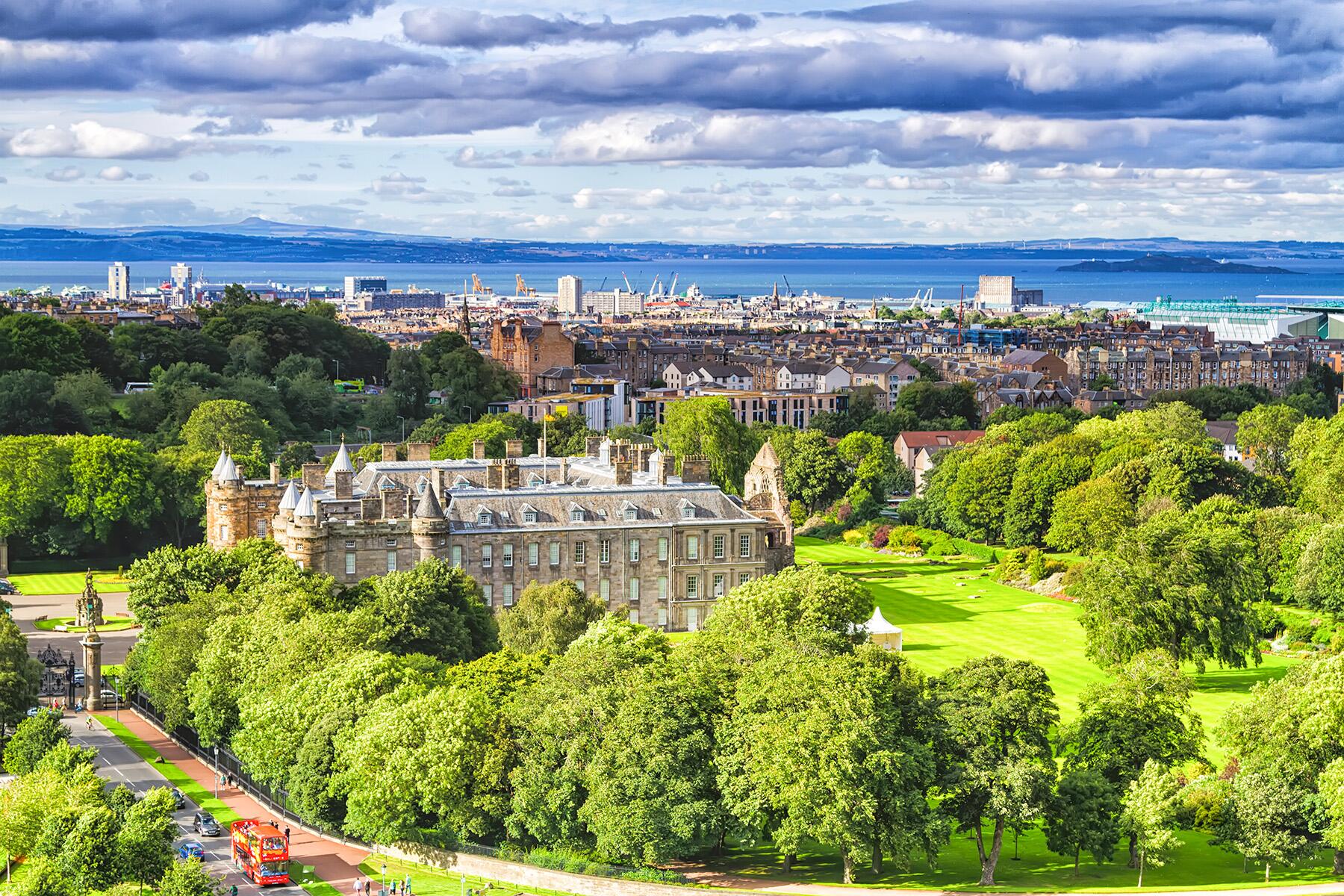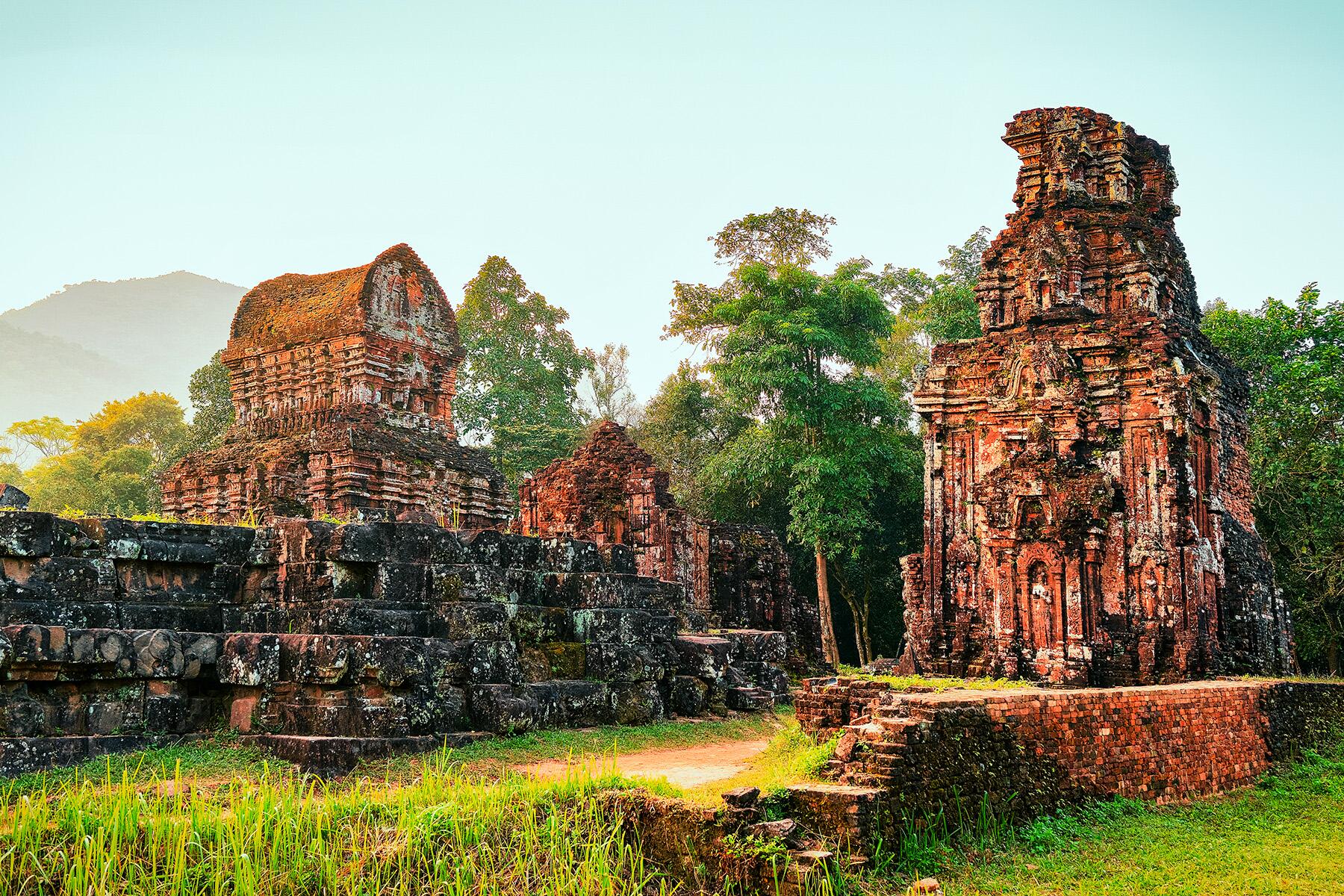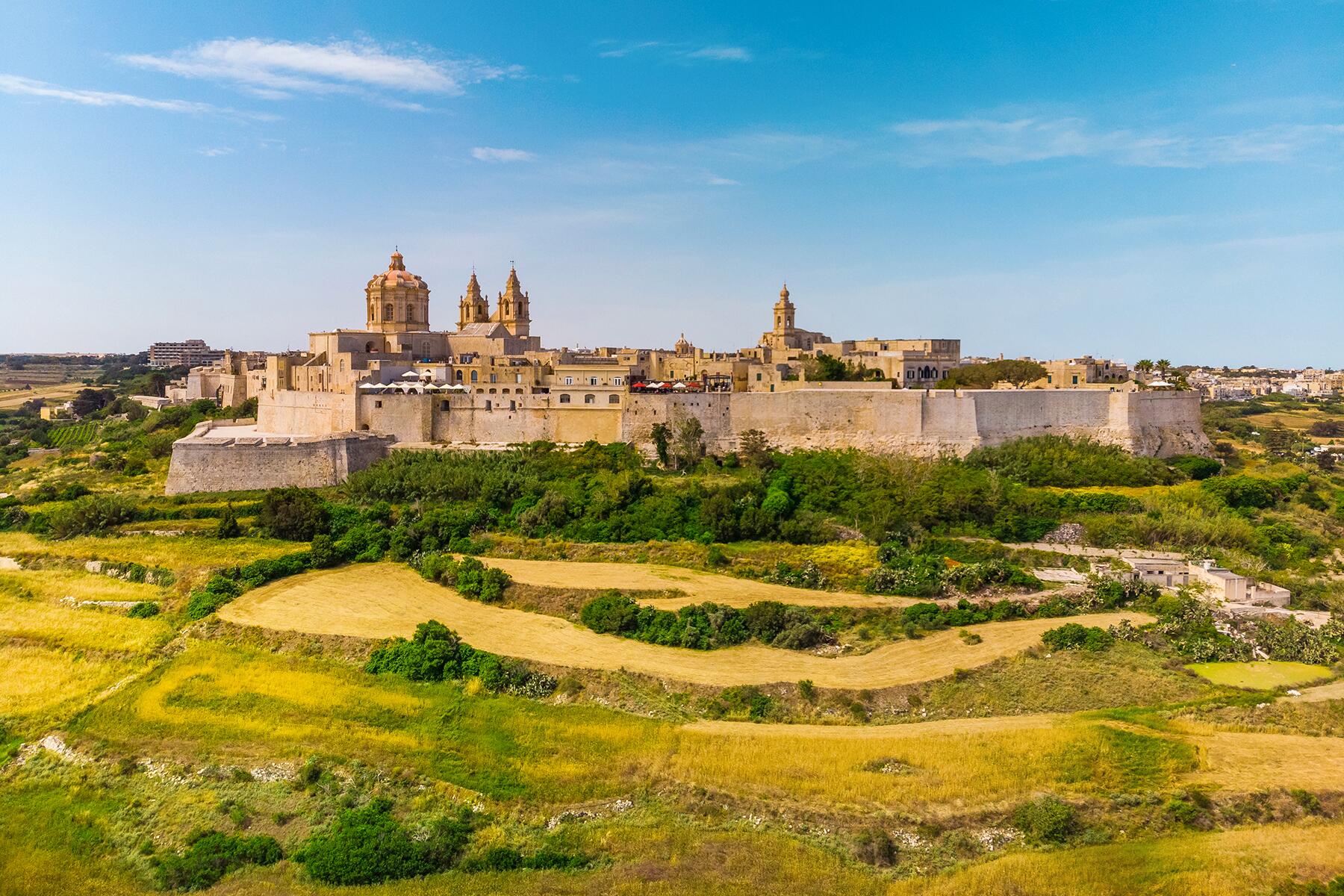From the Tibetan Plateau to Central Asia to Roman Britain, walls have encircled and protected people for centuries. Here are some of the most beautiful walled cities.
Over the past year, many of us have gotten to know the confines of our home cities well—perhaps better than we wanted to. The walls constraining us have been invisible, even if they’ve felt very real. In days past, however, many civilizations and cultures have built physical boundaries around their settlements, to fortify themselves and keep out attackers or unknown threats.
Many ancient walled cities have grown and spread far beyond their original walled borders or dismantled the city walls so that only remnants hint at the history. London and Delhi are good examples of these, where you can see crumbling walls within residential suburbs or on traffic islands. But other cities are still encircled by their old walls. Walled cities provide an immediate connection to a city’s ancient or medieval past. They are great places to see historic architecture, and, when they’re still inhabited, traditional ways of life, too.
When ancient walled cities are still inhabited they present a particular challenge to preservation and tourism professionals, as there’s a need to balance sustainable social and economic development (a.k.a. tourism) and the conservation of heritage. They require travelers to travel mindfully, to consider their impact on material and cultural structures that have been around for centuries.
Here are some of the most beautiful and interesting walled cities in the world.
Top Picks for You
None of the ones I have been too made the list - Rothenberg, Germany, Evora, Portugal, Toledo, Spain...
Very poor photo of Chester My son lives there It's a beautiful place Cobbled streets Black and white shops and houses Long stretches of Roman walls to stroll along A beautiful river Small cathedral Photo doesn't do it justice.
7 outta 15, not bad! My favorite is San Gimignano in Tuscany, on the way from Florence to Siena. Small and beautiful! Well worth a stop
I haven't been to any of these cities, but I was about to mention my favorite, Lucca, and I see someone already did. It's a beautiful city and the cathedral is very interesting architecture with several levels of columns in the front. The walls are a puzzle: they are too low to be particularly effective, but they are wide and provide a wonderful avenue to walk around the city and look into it.





How could you forget Campeche - founded in 1540 on the west coast of the Yucatan Peninsula... it was the very first town in the New World to be protected by walls.
They were built to protect the inhabitants from the pirates... At the time the town was at the water's edge, now the walls stand some small distance away as the water line has changed over the centuries. The town is a jewel - well worth a visit and make sure to include the walk on top of the wall as well and what about Dubrovnik? How could this place be forgotten?
Next you go for walled cities - you have to do whole series - divided by age or location... They are plentiful!